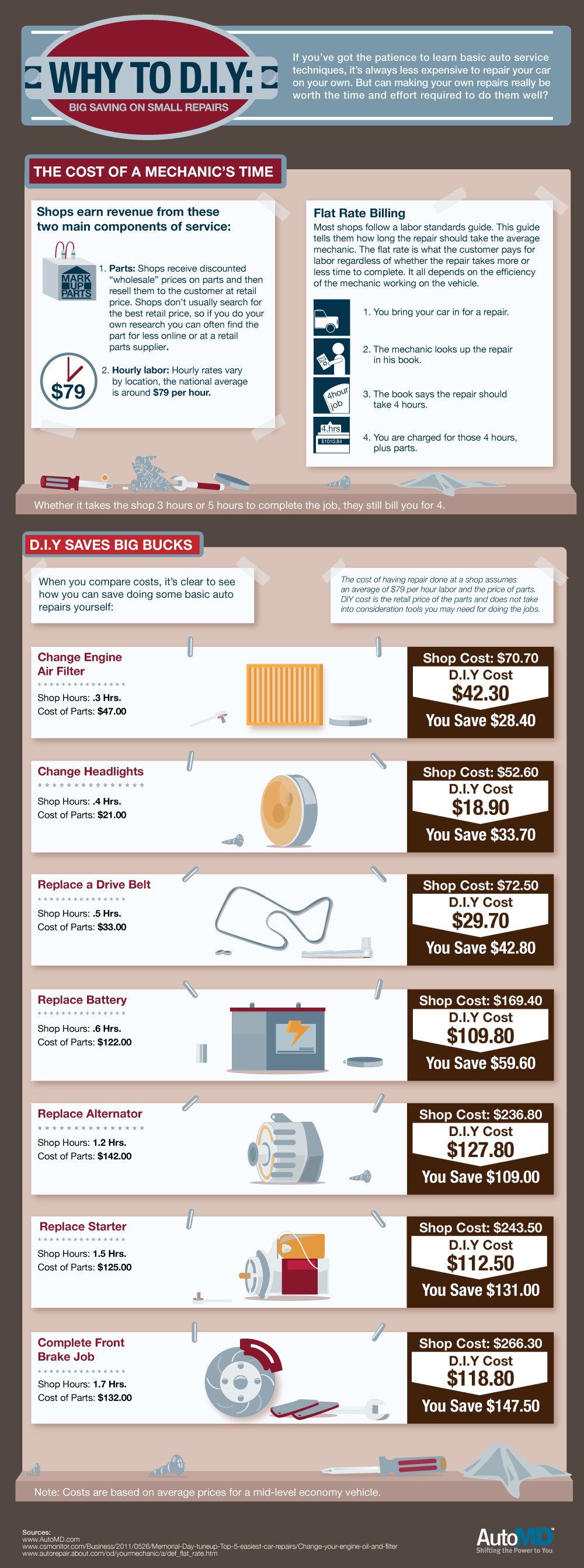Wondering About The Definition Behind Those Dashboard Caution Lights? Gain Insights Into Their Ramifications For Your Automobile'S Safety And Upkeep
Wondering About The Definition Behind Those Dashboard Caution Lights? Gain Insights Into Their Ramifications For Your Automobile'S Safety And Upkeep
Blog Article
Write-Up Author-Lim Corbett
When you lag the wheel, those radiant warning lights on your control panel can be a little bit difficult. Do you know what they're trying to tell you about your vehicle's health? Recognizing the relevance of these lights is vital for your safety and security and the durability of your car. So, the next time one of those lights appears, would not you want to understand its message properly and take the needed actions to resolve it?
Common Warning Lights and Interpretations
Determine common warning lights in your car and comprehend their meanings to make certain secure driving.
The most normal caution lights consist of the check engine light, which indicates problems with the engine or emissions system. If this light begins, it's critical to have your car checked without delay.
https://www.wbtv.com/2020/12/07/toyota-n-charlotte-explains-which-questions-ask-before-auto-repairs/ cautioning light indicates low oil stress, needing immediate focus to stop engine damage.
A blinking battery light may recommend a faulty charging system, potentially leaving you stranded otherwise attended to.
car polishing service (TPMS) light alerts you to reduced tire stress, affecting car security and gas effectiveness. Ignoring this might lead to dangerous driving conditions.
The abdominal muscle light suggests an issue with the anti-lock braking system, jeopardizing your capacity to stop promptly in emergency situations.
Finally, the coolant temperature level advising light warns of engine overheating, which can result in severe damage if not solved swiftly.
Understanding these usual warning lights will certainly help you attend to issues promptly and keep risk-free driving problems.
Relevance of Prompt Focus
Recognizing the typical warning lights in your vehicle is only the primary step; the importance of immediately addressing these warnings can not be emphasized enough to guarantee your safety and security on the road.
When a caution light illuminates on your dashboard, it's your cars and truck's method of communicating a potential problem that needs interest. Disregarding these cautions can lead to a lot more severe troubles later on, compromising your safety and security and potentially costing you a lot more out of commission.
Prompt interest to cautioning lights can avoid failures and accidents. As an example, a flashing check engine light might suggest a misfire that, if left unattended, could cause damage to the catalytic converter. Addressing this without delay can save you from a pricey fixing.
Likewise, a brake system warning light could indicate low brake liquid or used brake pads, vital elements for your safety when driving.
Do It Yourself Troubleshooting Tips
If you observe a caution light on your control panel, there are a few DIY repairing ideas you can attempt before seeking professional help.
The first step is to consult your vehicle's guidebook to comprehend what the specific caution light indicates. In some cases the concern can be as basic as a loose gas cap setting off the check engine light. Tightening up the gas cap may settle the problem.
Another typical issue is a low battery, which can trigger different cautioning lights. Inspecting the battery connections for corrosion and guaranteeing they're safe and secure might take care of the trouble.
If a caution light persists, you can try resetting it by disconnecting the cars and truck's battery for a couple of minutes and then reconnecting it. Additionally, inspecting your vehicle's liquid levels, such as oil, coolant, and brake fluid, can aid repair alerting lights connected to these systems.
Final thought
To conclude, comprehending your vehicle's warning lights is essential for maintaining your automobile running smoothly and safely. By immediately resolving these informs and knowing what they mean, you can avoid costly fixings and possible failures.
Keep in mind to consult your car's manual for particular details on each alerting light and take action appropriately to make sure a trouble-free driving experience.
Remain informed, remain secure when driving!
